5 Essential Tips for Choosing the Right Mobility Ramp for Your Home
Why consider installing a mobility ramp?
Installing a mobility ramp makes it easier for people with mobility challenges to access their homes independently. Here's why having a mobility ramp could be beneficial for you:
- Increased Independence: Ramps allow individuals using mobility aids like wheelchairs or walkers to enter and exit their homes without assistance.
- Safety: Ramps reduce the risk of falls and accidents that can occur when navigating steps or uneven surfaces.
- Convenience: Having a ramp means you can easily move in and out of your home with groceries, luggage, or other items without struggling with stairs.
- Accessibility: Ramps provide a smooth pathway for everyone, including visitors and delivery personnel, making your home more welcoming and inclusive.
- Future-Proofing: Installing a ramp now can also benefit you in the future if you or a loved one experiences mobility issues later on.

Types of mobility ramps available
There are several types of mobility ramps available for your home. Here are some common ones:
- Threshold Ramps: Ideal for small steps or thresholds.
- Portable Ramps: Lightweight and easy to move around.
- Folding Ramps: Can be folded for easy storage and transport.
- Modular Ramps: Customizable and can be easily adjusted to fit various spaces.
- Telescoping Ramps: Adjustable in length to suit different heights.
Each type of ramp serves a specific purpose, so consider your specific needs before choosing one for your home.
Factors to consider when choosing a mobility ramp
First, think about the size of the ramp in relation to the space you have available. A ramp should be wide enough for easy navigation but not too wide that it takes up too much room.
Consider the material of the ramp. Aluminum ramps are sturdy and lightweight, while Rubber ramps provide a good grip and are durable.
Check the weight capacity of the ramp to ensure it can support the individual using it and any mobility aids they may have.
Think about the slope of the ramp. It should have a gentle incline to make it easier to navigate for those using mobility devices.
Lastly, consider the portability of the ramp. Will you need to move it frequently, or will it stay in one place?
Ensuring safety and accessibility
When choosing a mobility ramp for your home, safety and accessibility are top priorities. Here are essential tips to keep in mind:
- Measure the space where the ramp will be installed to ensure it fits properly.
- Consider the weight capacity of the ramp to accommodate different users and mobility devices.
- Choose a non-slip surface to prevent accidents, especially during wet weather.
- Ensure the ramp has handrails for added support and stability.
- Regular maintenance of the ramp is crucial to keep it safe and functional for a long time.
Maintenance tips for your mobility ramp
To maintain your mobility ramp in good condition, regularly check for any loose bolts or screws that may need tightening. Clean the ramp surface with a mild detergent and water to remove dirt and debris. Inspect the ramp for any signs of wear and tear, such as cracks or rust, and address them promptly. Avoid using abrasive cleaners or harsh chemicals that could damage the ramp's surface. Finally, remember to clear any obstacles or debris from the ramp to ensure safe and smooth access.



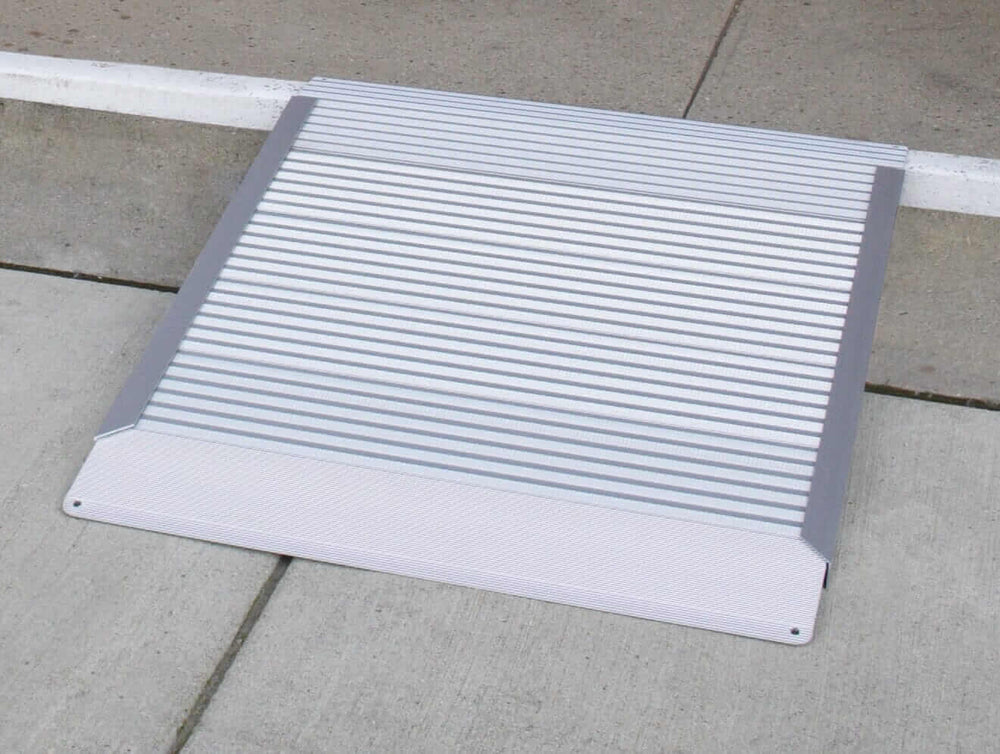
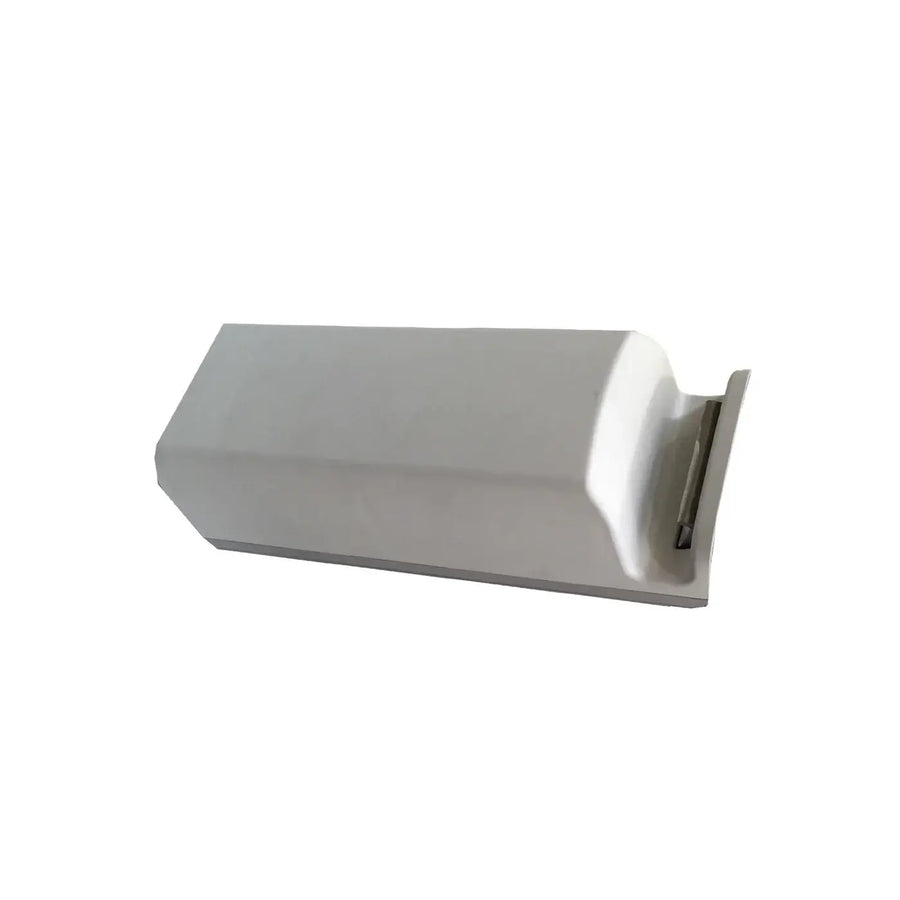
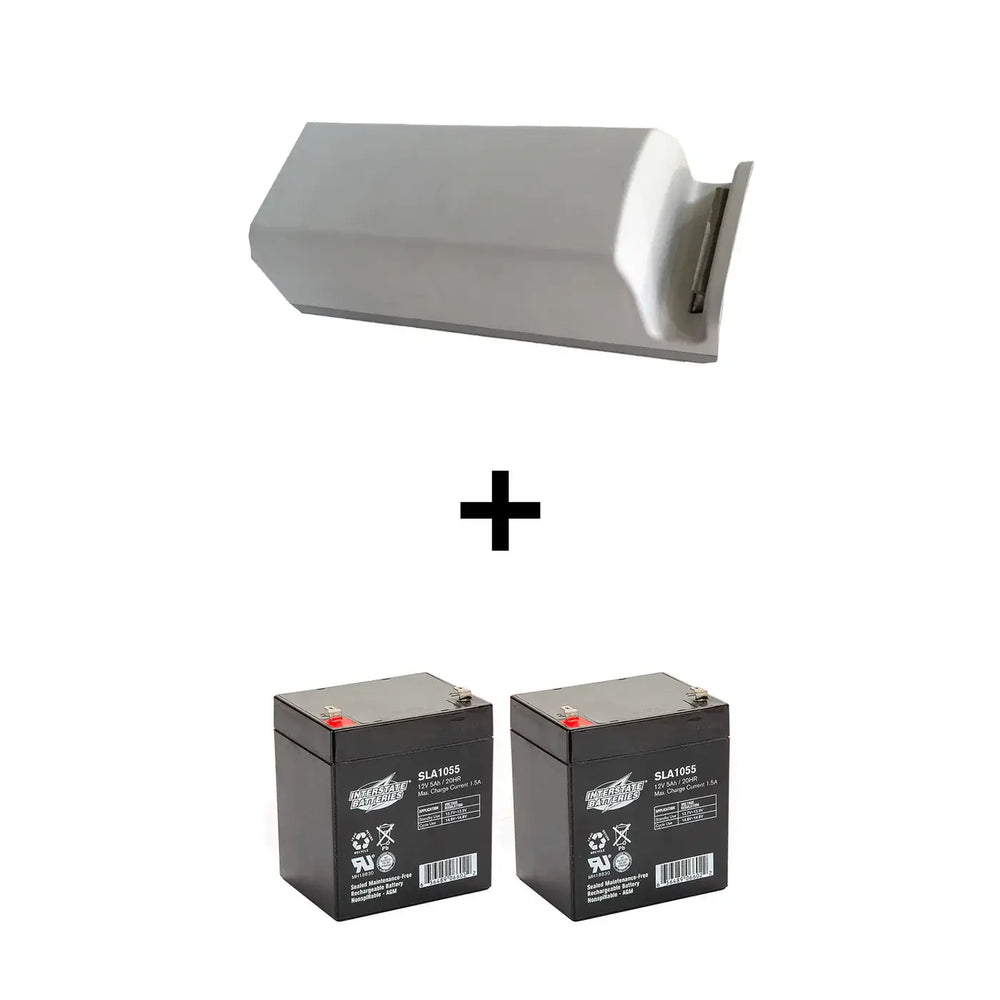


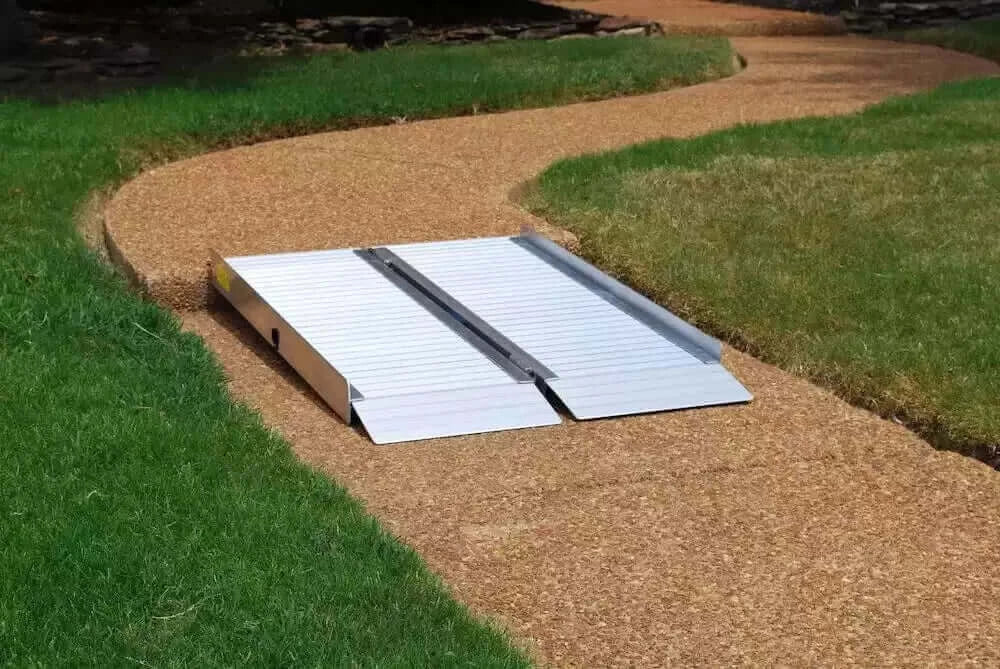

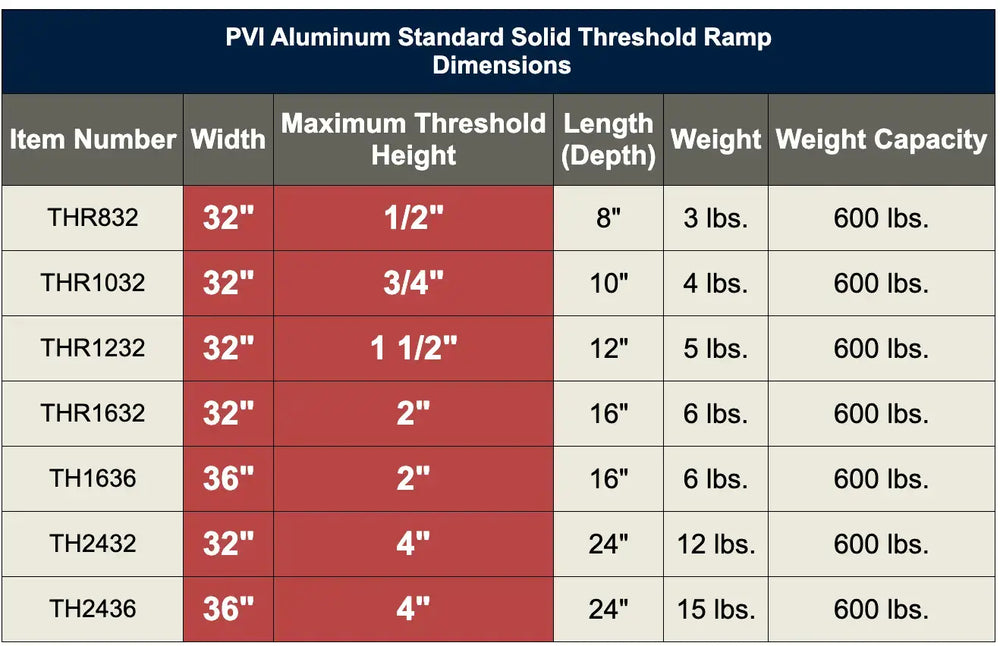
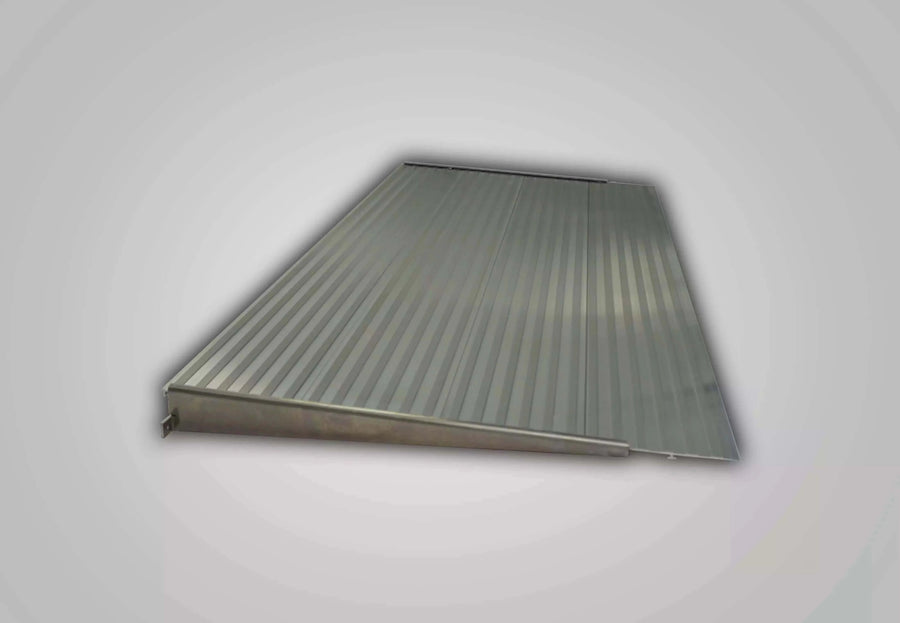


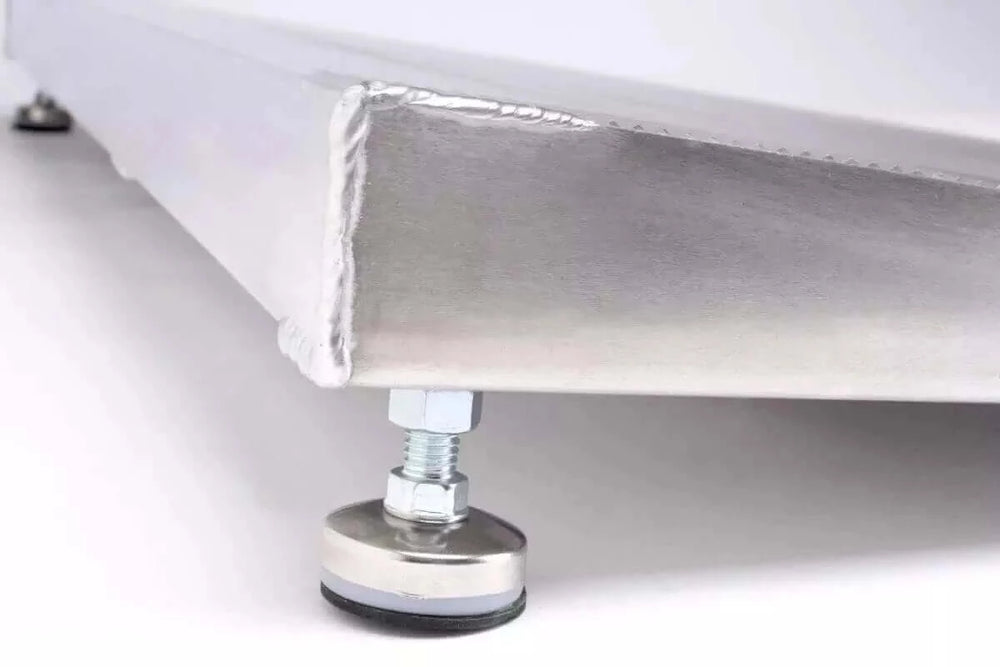
Leave a comment